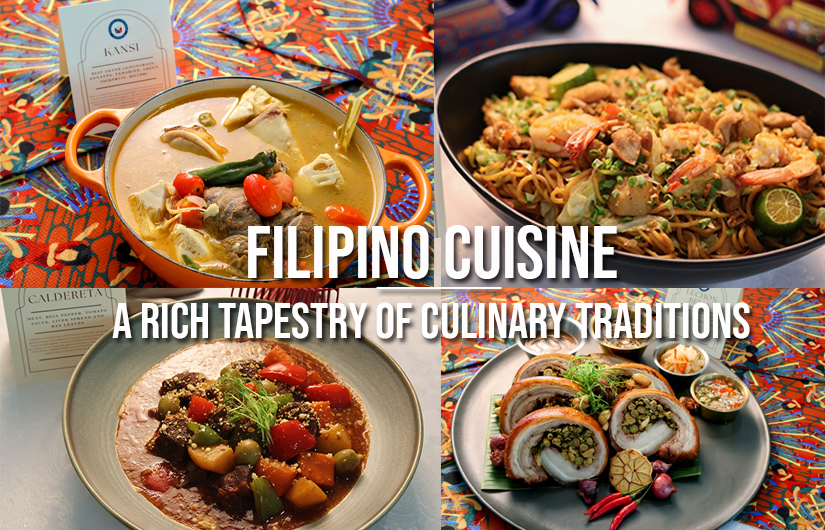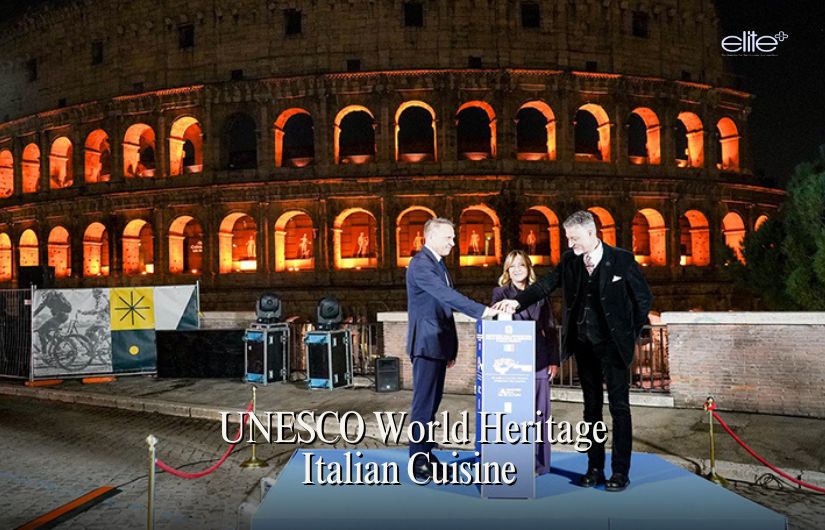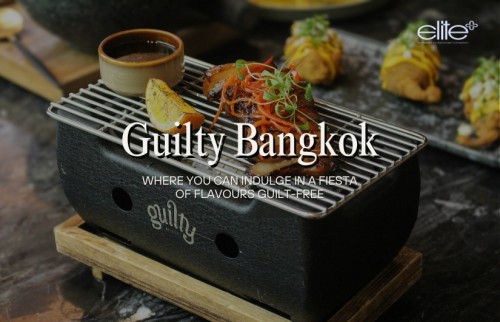Filipino Cuisine: A rich tapestry of culinary traditions
By Kathleen Pokrud
Photos by Jenny Chan and Teresa Biesty
Reflecting the country’s contrasting history and traditions, Filipino cuisine offers a unique culinary experience. It is a vibrant blend of adventurous and comforting flavours. The rich tapestry of Filipino dishes has been influenced through the years by both indigenous and foreign traditions, creating a rich and diverse culinary landscape. The food is commonly a blend of sweet, sour and salty savoury flavours with a little kick of spice, and sometimes a sprinkling of bitter. I sat down with H.E. Ambassador Millicent Cruz Paredes of the Philippines to learn about the country’s culinary history. This is very timely since the Philippine government, in 2018, declared April of each year as Filipino Food Month.
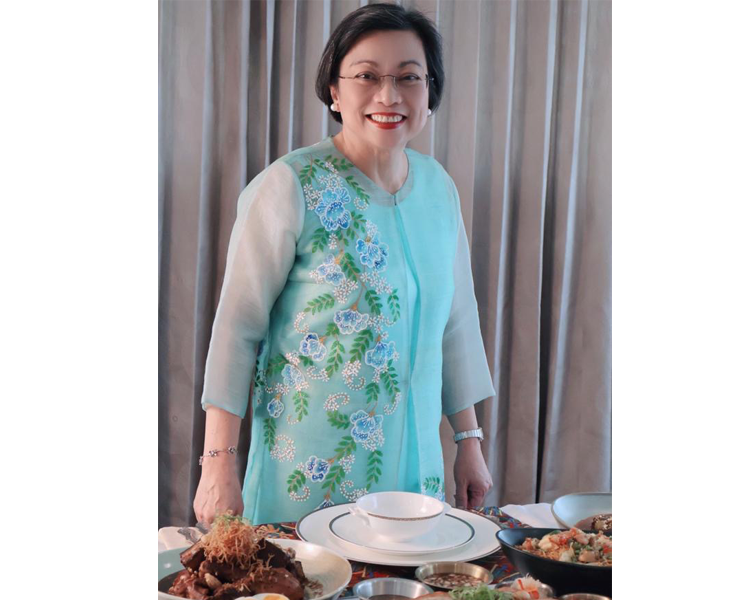
Ambassador Paredes began, “Spanning centuries, the evolution of Filipino food reflects the archipelago’s rich and complex history, blending indigenous flavours with taste introduced by foreign traders and colonisers. The historical timeline of Filipino cuisine traces its roots to the pre-colonial era, where native ingredients such as rice, fish and tropical fruits were the foundation.
“In subsequent centuries, Chinese and Malay influences further enriched the Filipino palate. Chinese traders brought noodles, soy sauce and stir-frying techniques while Malay settlers introduced coconut milk, curry and various spices. The arrival of the Spanish in the 16th century left an indelible mark on Filipino food.
“The introduction of new spices, new crops, fruits and vegetables to the archipelago, especially during the 250 years of Manila Galleon Trade, resulted in significant influences to local dishes, creating a unique fusion that defines Filipino cooking of today. This amalgamation of culinary traditions has resulted in a medley of flavours that distinguish Filipino cuisine.” from the rest of Southeast Asia.
When asked about the popularity of Filipino cuisine, Ambassador Paredes made her case. “While Filipino cuisine has been dubbed by foodies as one of the most unappreciated cuisines that is long overdue recognition, it has been steadily gaining in popularity on the global culinary stage. The most popular Filipino dishes are lechon, pancit, lumpia, adobo, sisig, sinigang, torta, kaldereta, kare-kare, silog meals and sorbetes.”
Filipino food is renowned for its rich and diverse flavours, and Ambassador Paredes proudly reflected, “Filipino culture places a strong emphasis on hospitality, sharing food during significant life events andon ordinary days, is commonplace. Kamayan, or eating with bare hands, is a traditional way of enjoying certain Filipino dishes, emphasizing closeness and community.
“Rice is a staple in Filipino meals three times a day, sometimes more. For Filipinos, a meal is not a meal without rice.
Another uniqueness of Filipino food is street food culture with various delicacies like fish balls, kwek-kwek (quail eggs), the isaw (grilled chicken or pork intestines). and taho (soft tofu in brown sugar syrup). Street vendors contribute to the accessibility, diversity and uniqueness of Filipino flavours.”
When talking about the traditional style of Filipino cuisine, there are no homogeneous characteristics due to the diversity of influences. Ambassador Paredes summarized, “Filipino cuisine is now a fusion of different culinary inclinations from various factors, namely Spanish colonization that spanned over 300 years; Chinese traders; the indigenous Malay; and in the earlier part of the past century, the American colonization of the Philippines.
“With increased globalization and accessibility to international ingredients, Filipino cuisine has incorporated a broader range of flavours and cooking techniques. Migration within the country and abroad has led to the sharing and adaptation of regional specialties. As awareness of health and dietary concerns grow, there has been a shift towards healthier and more conscious eating habits, with emphasis on the use of fresh local and organic produce.
Culinary tourism has led to a renewed appreciation for Filipino cuisine. The promotion of local dishes, food festivals, and culinary events has not only showcased traditional flavours, but also the rediscovery of regional specialties.
“The diversity of Filipino cuisine is also seen in the regional differences. Northern Luzon (Ilocos, Cordilleras, Cagayan) is known for hearty and flavourful dishes, like bagnet (crispy pork belly). Central Luzon and Southern Tagalog (Pampanga) offer a blend of savoury and sweet flavours such as Sisig, a sizzling dish made from chopped pork face, and the refreshing and colourful dessert halo-halo. Southern Luzon (Bicol) is renowned for its spicy dishes like Bicol express, which is made of pork, shrimp paste, coconut milk and chili. The region of Mindanao (Davao, Cotabato, Cagayan de Oro, General Santos, Zamboanga) is famous for curacha, a deep-sea crab typically found in Sulu and nearby waters, and is typically steamed and served with a thick, savoury sweet orange sauce made with coconut cream and secret spices.
As our interview drew to a close, Ambassador Paredes proudly pointed out, “Contemporary Filipino chefs are experimenting with classic dishes with modern interpretations. Fine dining establishments in the Philippines and abroad are elevating Filipino cuisine by presenting traditional dishes in a sophisticated and artistic manner. Food events and pop-up restaurants are providing chefs the opportunities to experiment on new concepts. Many modern Filipino restaurants offer curated menus that blend traditional and contemporary elements. The diaspora of over 10 million Filipinos spans over 100 countries all over the world.”
Key representative dishes
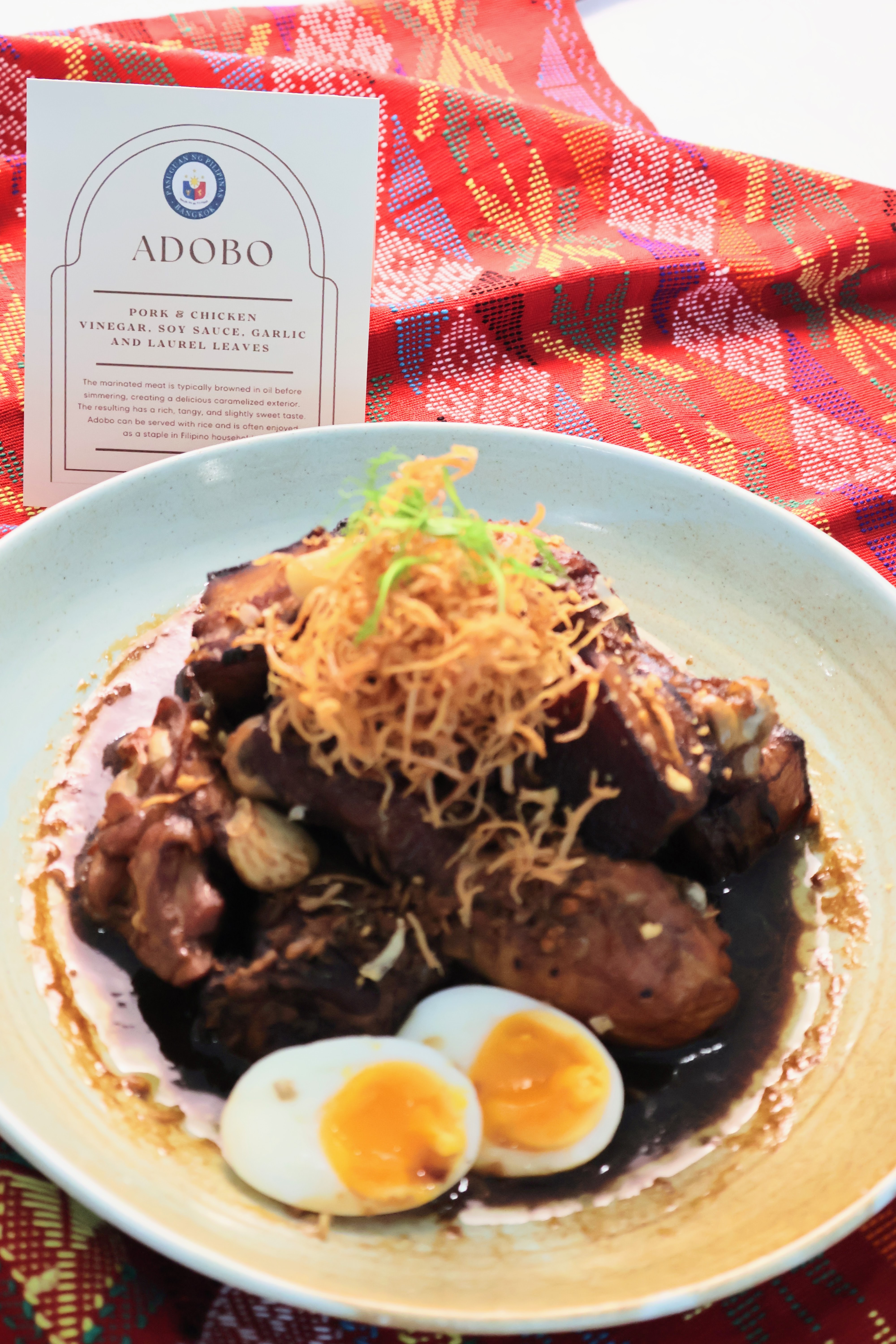
Adobo is the quintessential Filipino dish that showcases the Spanish influence on Filipino cooking. It is typically made with pork or chicken, marinated with vinegar, soy sauce, garlic, black pepper and bay leaves and then slow-cooked until tender.
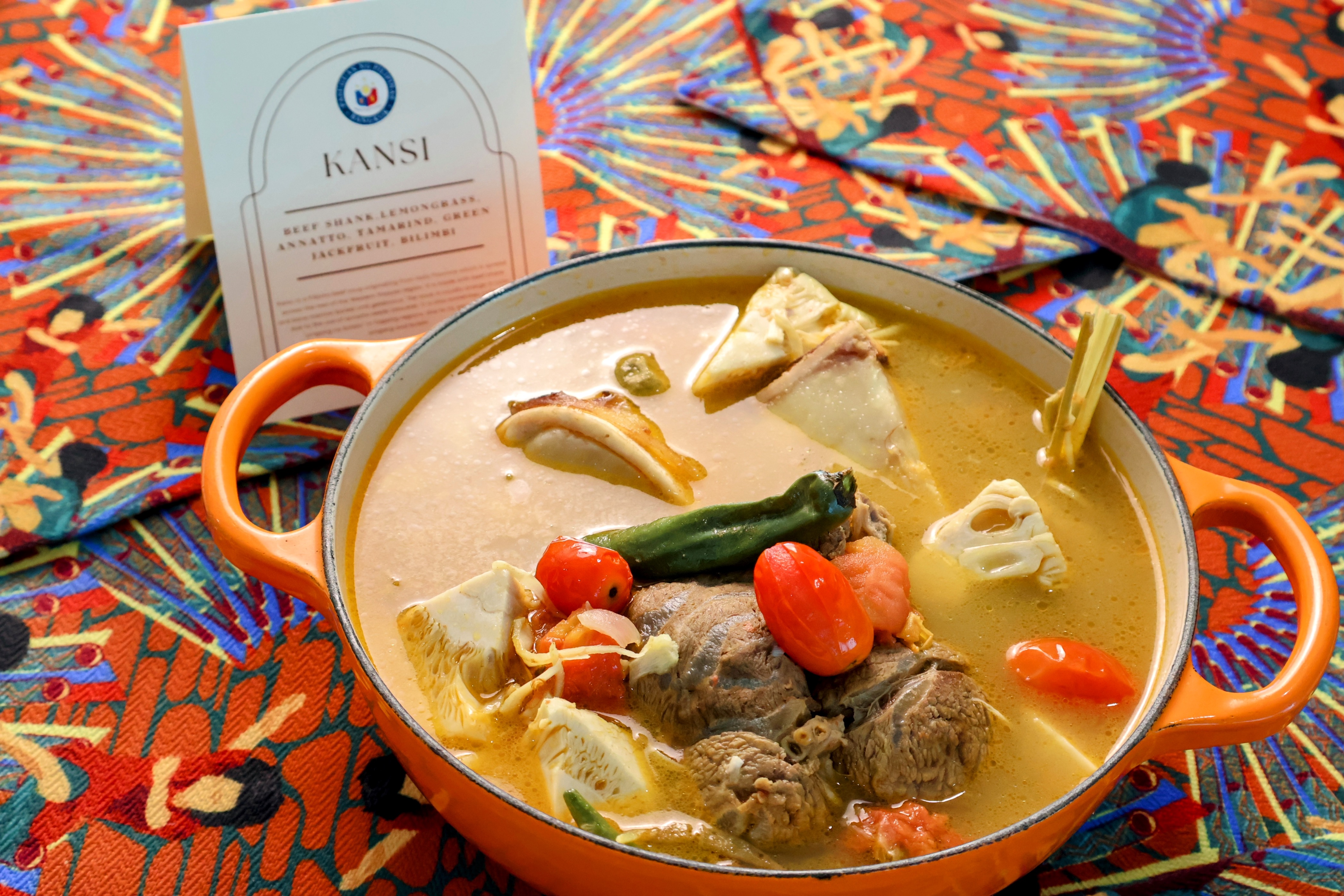
Kansi originated in Bacolod City. It is a beef marrow soup known for its tangy and savoury taste, derived from the batuan fruit, a sour agent native to the Philippines.
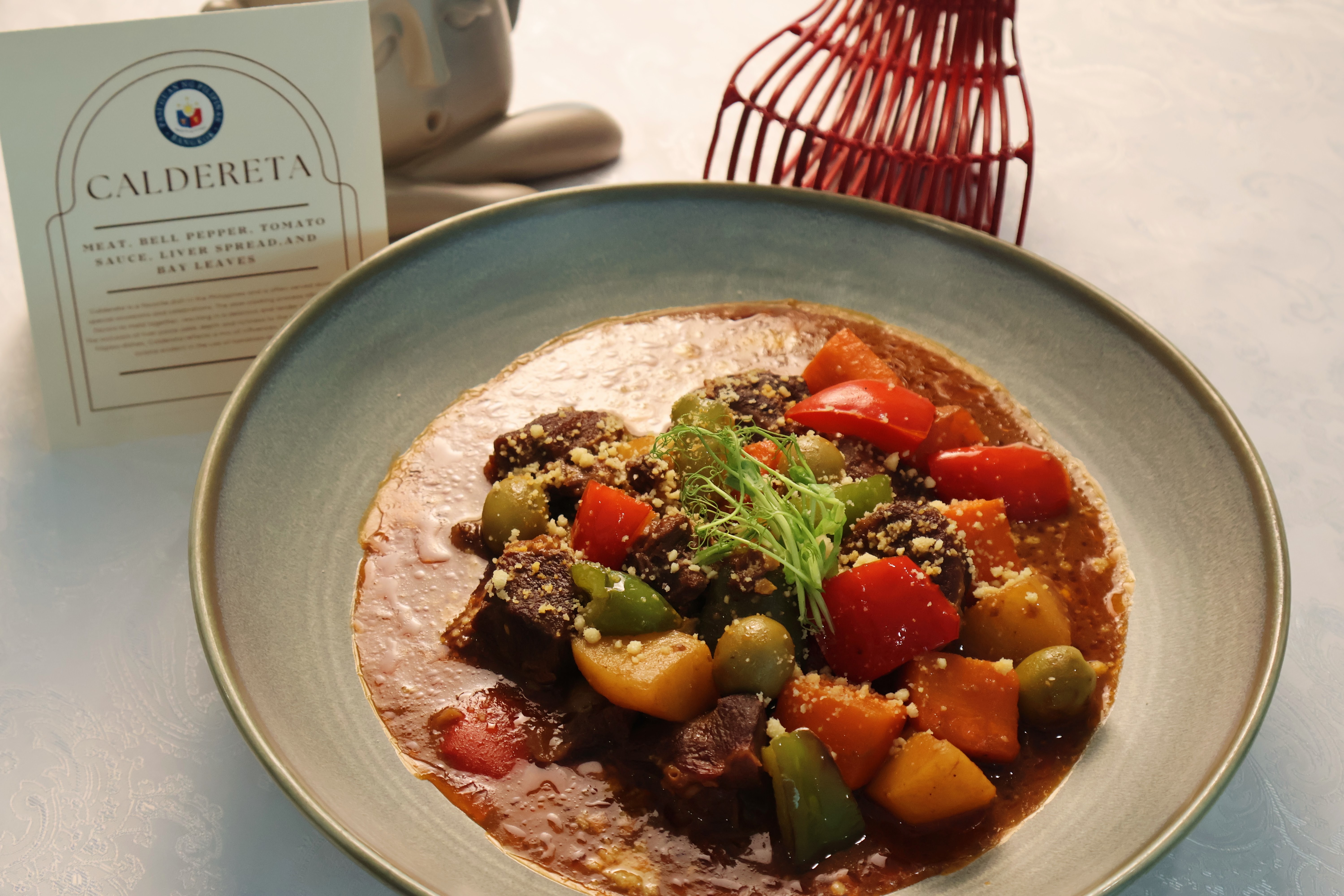
Caldereta is a classic Filipino stew with Spanish origins but has evolved into a distinctly Filipino creation. It is a flavorful dish that often features goat meat or beef.
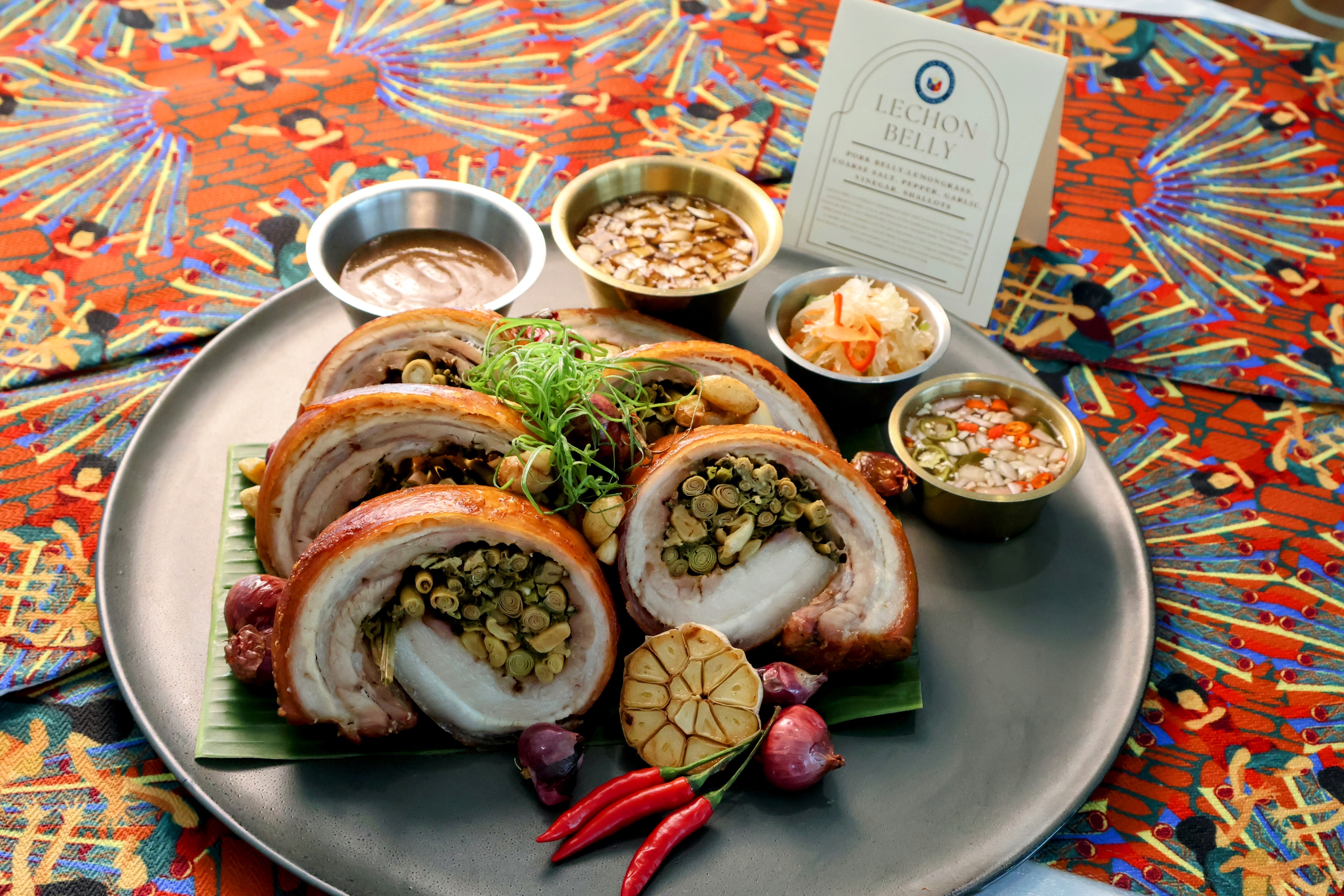
Lechon is a whole pig roasted to succulent perfection, with crispy skin and tender juicy meat, often served on special occasions. The Malay influence can be seen in the use of lemongrass and other stuffing while the Spanish influence is seen in the method of roasting.
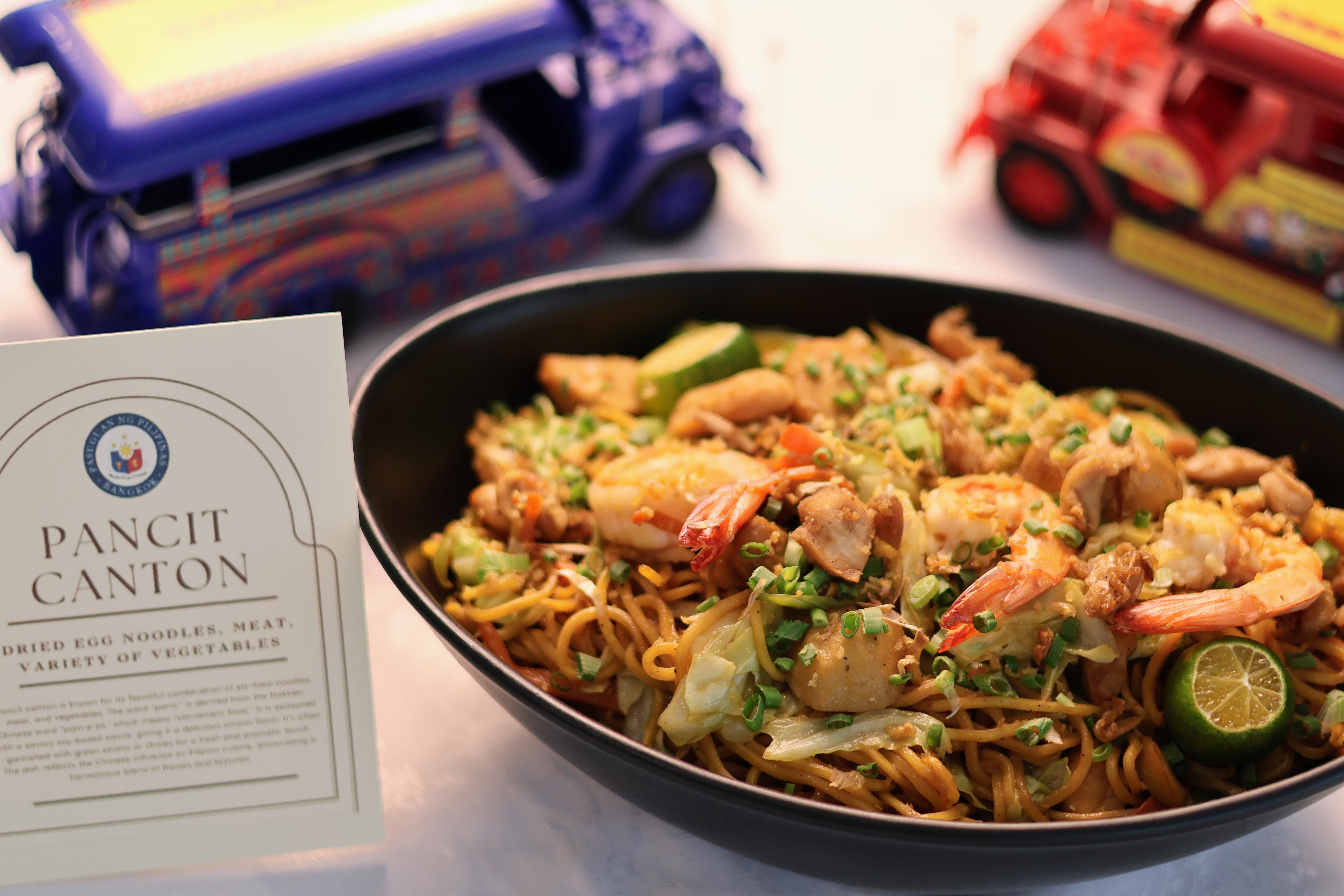
Pancit, a stir-fried noodle dish with Chinese origins, pancit has evolved into a Filipino favourite with regional variations.
Kare-kare, a rich oxtail stew thickened with ground peanuts, it often includes vegetables and is typically served with bagoong (fermented shrimp paste).
Balut, a unique delicacy that is a favourite to locals but challenging to the uninitiated, is fertilized duck egg with a partially developed embryo, served boiled and enjoyed with salt or vinegar.
Laing, which originated in the Bicol region, is a spicy dish made from dried taro leaves cooked in coconut milk with chili peppers and meat.
Sisig, originating from Pampanga, is a sizzling dish made from chopped and grilled pig’s face and ears, seasoned with calamansi, onions, and chili peppers.
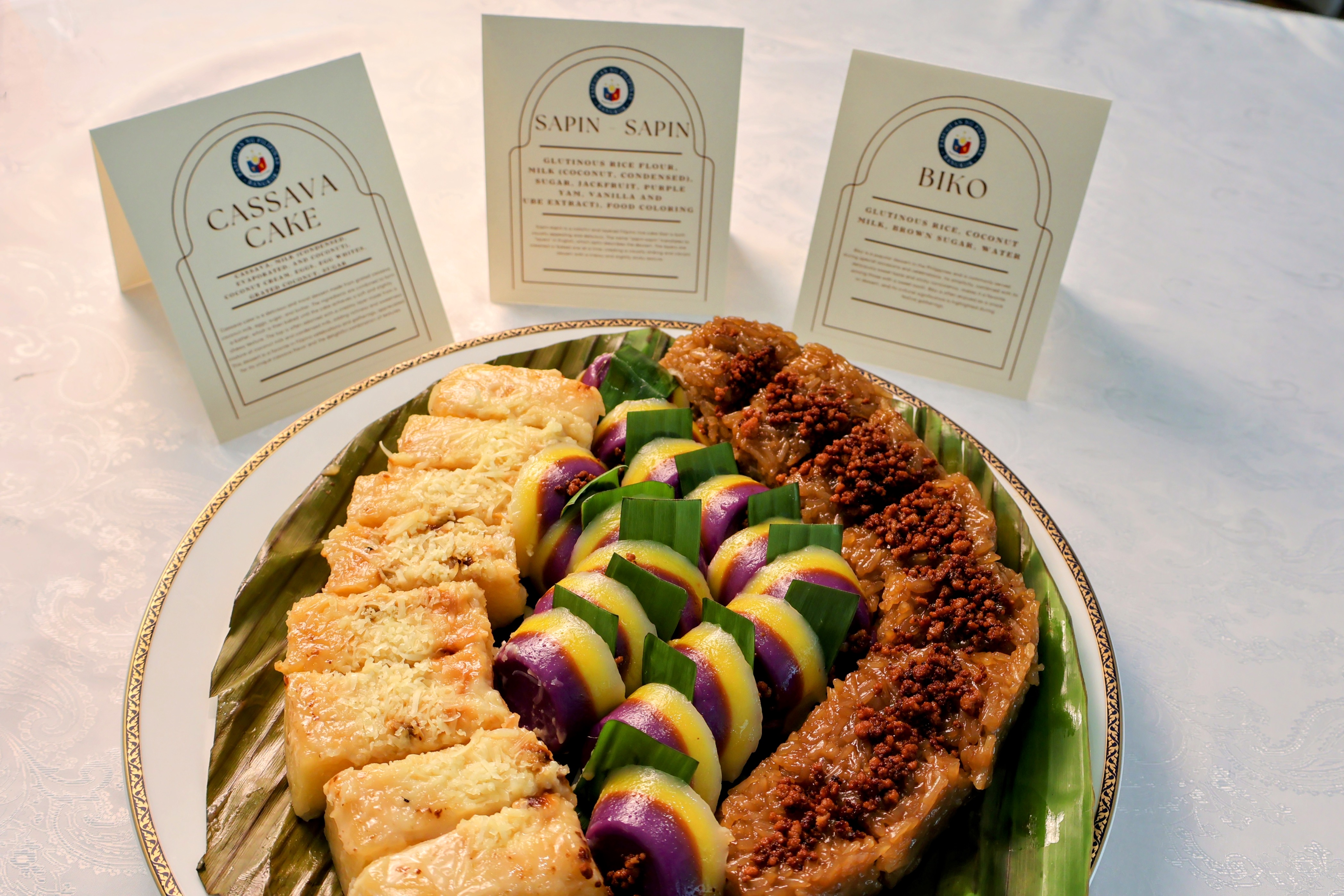
Kakanin is a traditional Filipino rice cake, typically made from glutinous rice, coconut milk and sugar.
Halo-Halo is a shaved ice concoction featuring sweet and colourful ingredients, including sweet beans, jellies and fruits both fresh and candied.


